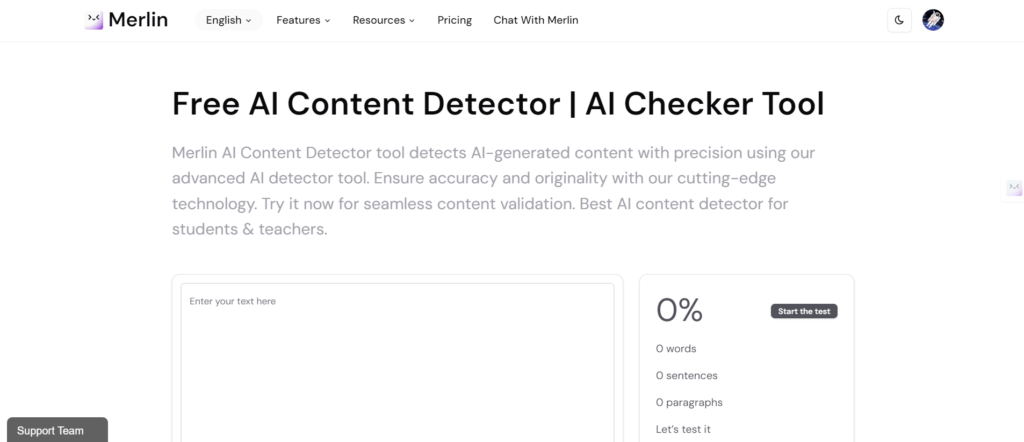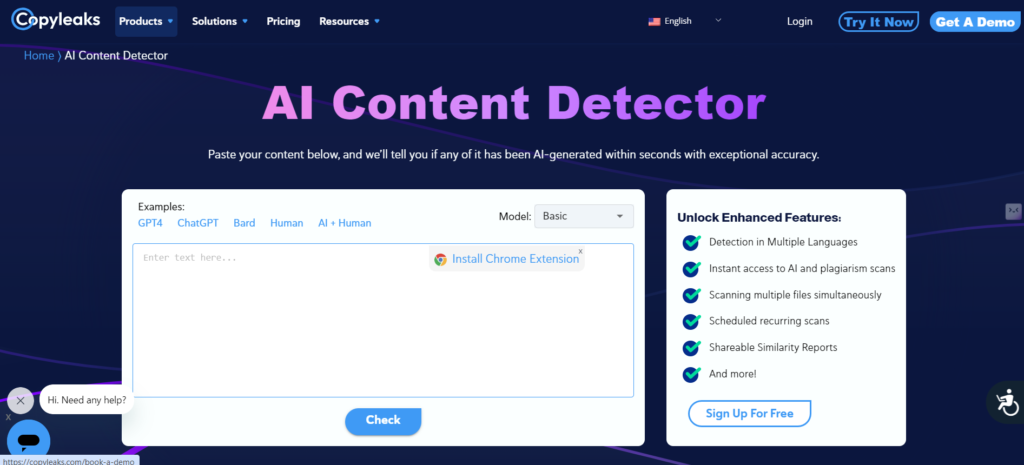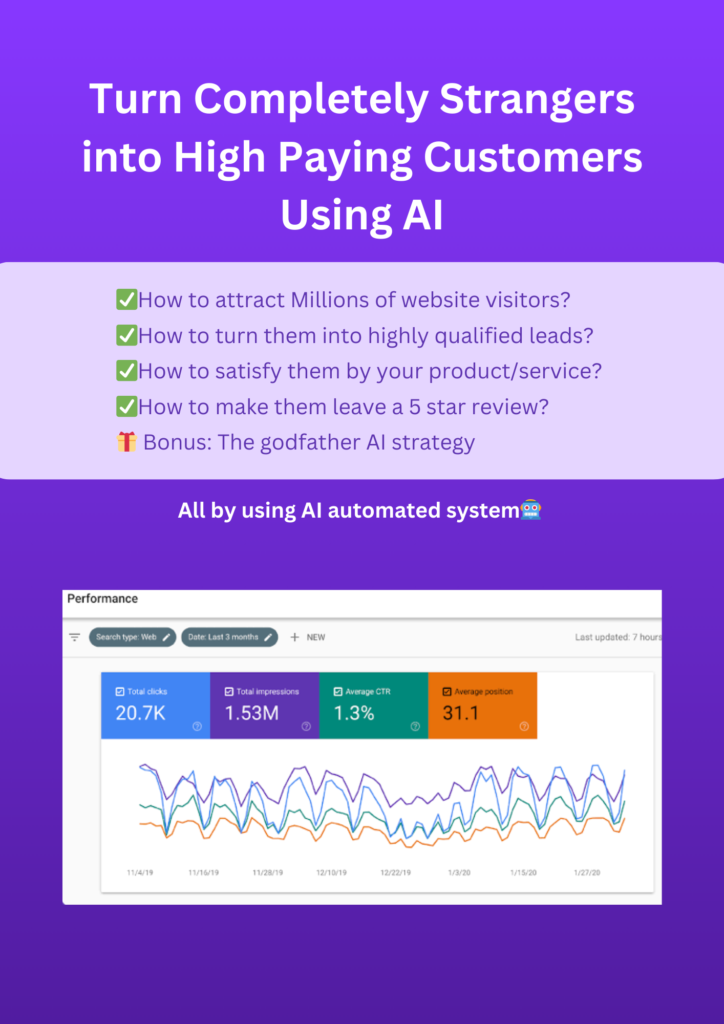Introduction

Let’s face it, figuring out whether a piece of writing was created by a human or an AI, such as ChatGPT is no walk in the park. Sure, there are some amazing tools out there that claim to help you spot the difference. They might even give you a heads-up when they think the text is generated by AI. But here’s the thing: these programs aren’t perfect, and sometimes they get it wrong, flagging human-written text as AI-generated.
At the end of the day, telling the difference between the two is still a real head-scratcher. It’s like trying to solve a puzzle where the pieces keep changing shape. Even with all the fancy software we have now, we haven’t quite cracked the code. But hey, that’s what keeps things interesting, right? It’s a challenge that keeps us on our toes and pushes us to keep improving our writing. So, the next time you’re reading something and wondering, “Did a human write this, or was it an AI?” just remember, you’re not alone in that guessing game!
How to Detect AI-Generated Text, According to Researchers
Let’s look at it one by one.
- AI Detection Tools: You can start by using tools like Merlin’s AI Detector on the suspicious text. These digital bloodhounds will sniff out patterns that scream “AI did it!” – stuff like repetitive phrases or weird word choices that don’t sound human.
- Proofread the text: Take a closer look at the text yourself. Ask yourself: Does it make sense? Does it dive deep into the topic, or just skim the surface? Does anything about it seem a little off? AI can sometimes trip over complex questions and spit out responses that are about as clear as mud.
- Fact-check: It’s time to fact-check like a boss. AI might try to pull a fast one on you with made-up facts or inconsistent info. So, make sure everything adds up!
- Consider the source: Consider where this text came from. If it’s from a website or app that’s known for using AI, that’s a clue that you might have an artificial author on your hands.
Another telltale sign of AI-generated text? It often lacks that personal touch and style that makes human writing so unique. It might be too perfect or too uniform in its sentence structure and grammar. This is a dead giveaway for the technically savvy who use linguistic analysis tools.
Now, no single method is going to be 100% foolproof. But if you mix and match these techniques, you’ll be well on your way to outsmarting those sneaky AI writers. It’s like having a whole team of text detectives working together to catch the bot behind the keyboard.
How AI Detectors Work?
AI detectors work by analysing various aspects of text to determine if it was likely generated by artificial intelligence or written by a human. There are multiple ways in which an AI Detector can work. Here’s how they typically function:
1. Text Analysis
AI detectors examine the text for patterns, structures, and characteristics commonly associated with AI-generated content. This includes analyzing sentence structure, word choice, grammar, and overall coherence. They look for signs of unnatural or overly formulaic language that might indicate machine-generated text.
2. Language Model Comparison:
Many AI detectors utilize large language models. They compare the input text against these models to assess similarities in writing style, and vocabulary usage among other things. If the text closely resembles the output of known AI models, it raises the likelihood of it being AI-generated.
3. Statistical Methods
AI detectors employ statistical techniques to evaluate the distribution of words, phrases, and other linguistic elements in the text. They analyze factors such as word frequency, sentence length, and the presence of rare or unusual words. By comparing these statistical patterns to those observed in human-written text, they can identify anomalies that suggest AI involvement.
4. Contextual Analysis
Some AI detectors go beyond individual sentences and consider the broader context of the text. They assess the overall coherence, logical flow, and topic consistency throughout the whole document. AI-generated text may sometimes lack the nuanced connections and smooth transitions that human writers naturally incorporate.
It’s important to note that AI detectors are not foolproof and have their own set of limitations too.
Top 3 AI Detection Tools You Can Use for free
Merlin AI
AI Checker is a super helpful tool for making sure the stuff you read online was actually written by a real person and not just generated by a computer. Merlin uses advanced technology to analyze text and figure out if it came from an AI or not.
Not only does it just tell you if the content was generated with the help of AI, but It also shows you the content that was generated by AI even if it was paraphrased. It’s great for students, teachers, businesses, and anyone who wants to make sure they’re getting genuine, original content.

Copyleaks
This tool uses advanced technology to determine if any of your content has been generated by artificial intelligence. With exceptional accuracy and coverage of popular AI models like ChatGPT, Gemini, and Claude, you can trust the AI Content Detector to ensure your content is original and human-written. The friendly team at Copyleaks is dedicated to providing you with the best possible experience while using their products.

ZeroGPT
A trusted and user-friendly tool that helps you detect content generated by AI, including ChatGPT, GPT-4, and other language models. With its advanced DeepAnalyse Technology, ZeroGPT offers high accuracy in identifying AI-written text across multiple languages. The tool highlights AI-generated sentences, provides a percentage gauge of AI content, and supports batch file processing for your convenience.

Limitations of AI Detectors
Here are some key limitations of AI detectors:
- Lack of Contextualization: AI detectors often struggle to understand the broader context of text. They may flag content as AI-generated based on surface-level patterns without grasping the overall meaning or intent.
- Evolving AI Capabilities: As AI language models become more sophisticated, they can generate text that closely mimics human writing styles. This makes it increasingly challenging for AI detectors to distinguish between human-written and AI-generated content accurately.
- False Positives and False Negatives: AI detectors can produce false positives, incorrectly identifying human-written text as AI-generated, and false negatives, failing to detect actual AI-generated content. These inaccuracies can lead to misclassifications and unreliable results.
- Language and Domain Specificity: AI detectors may perform differently across various languages and domains. A detector trained on English text may not be as effective for other languages or specialized domains like legal or medical writing, limiting their generalizability.
- Need for Human Oversight: Despite the advancements in AI detection, human judgment remains crucial. AI detectors should be used as assistive tools, complementing human expertise in evaluating the authenticity and quality of the content rather than replacing human discernment entirely.
Conclusion
In conclusion, distinguishing between human-written and AI-generated text is a complex and ever-evolving challenge. Despite the availability of various AI detection tools and techniques, such as linguistic analysis, fact-checking, and considering the source, no single method is entirely foolproof. These tools, including Merlin AI, Copyleaks, and ZeroGPT, can provide valuable insights into the likelihood of AI involvement in a given piece of text. However, they are not perfect and may sometimes incorrectly flag human-written content as AI-generated.
As AI technology continues to advance and improve, the line between human and machine-written text becomes increasingly blurred. The ability of AI to mimic human writing styles and patterns makes detection an ongoing challenge. Ultimately, a combination of different approaches, including utilizing AI detection tools, proofreading, fact-checking, and considering the source, is necessary to make an informed judgment.
While the quest to accurately identify AI-generated text remains a puzzle with ever-changing pieces, it is essential to continue improving our technological capabilities and understanding of AI writing patterns. By staying vigilant and adapting our detection methods, we can work towards maintaining the integrity of original, human-created content in an age where artificial intelligence is becoming increasingly sophisticated.
FAQs
Q1. Which is the best AI detector?
Merlin AI is by far the best AI detector out there. Not only does it tell you the content that’s been generated by AI, it also helps you flag content that could’ve been paraphrased by AI.
Q2. Can AI detectors be wrong?
Yes, AI detectors can be wrong. They are not 100% accurate and may sometimes incorrectly flag human-written content as AI-generated, or vice versa.
Q3. Do universities use AI detectors?
Yes, almost every university have started using AI detectors to check for AI-generated content in student assignments and essays. These tools help academic institutions maintain academic integrity and ensure that students are submitting original work.

